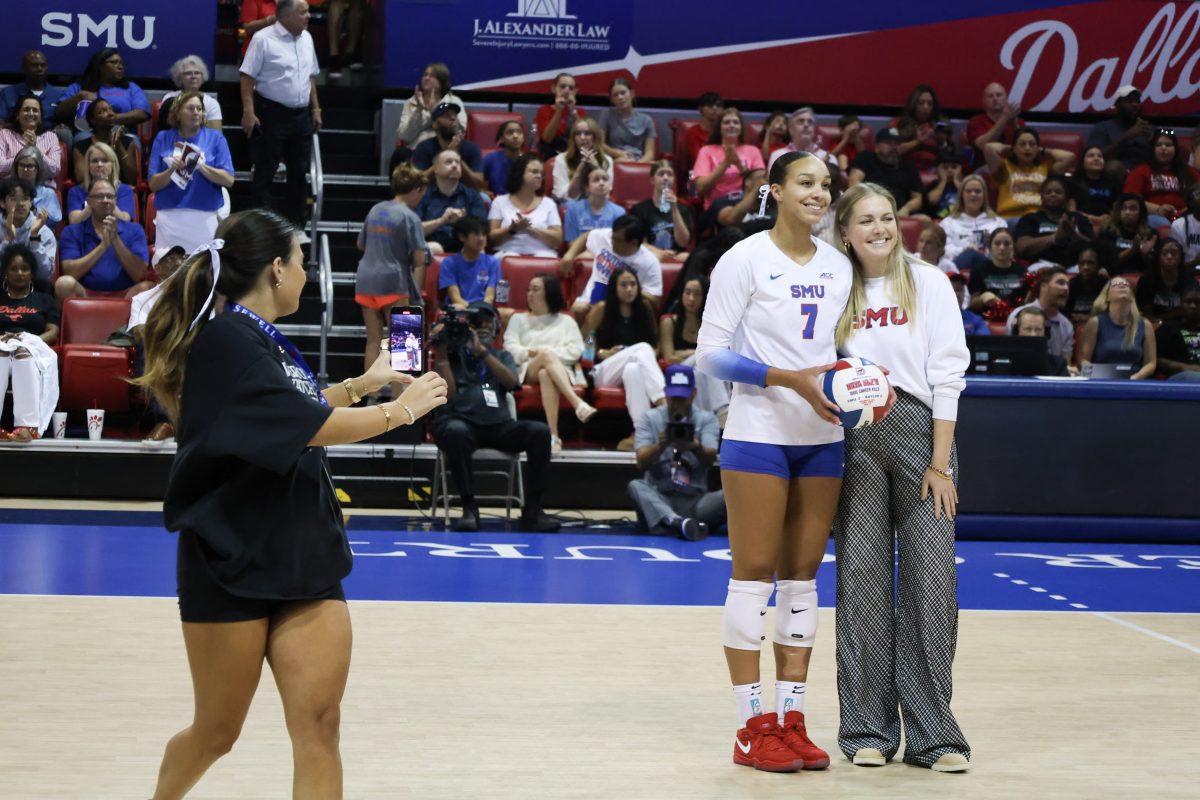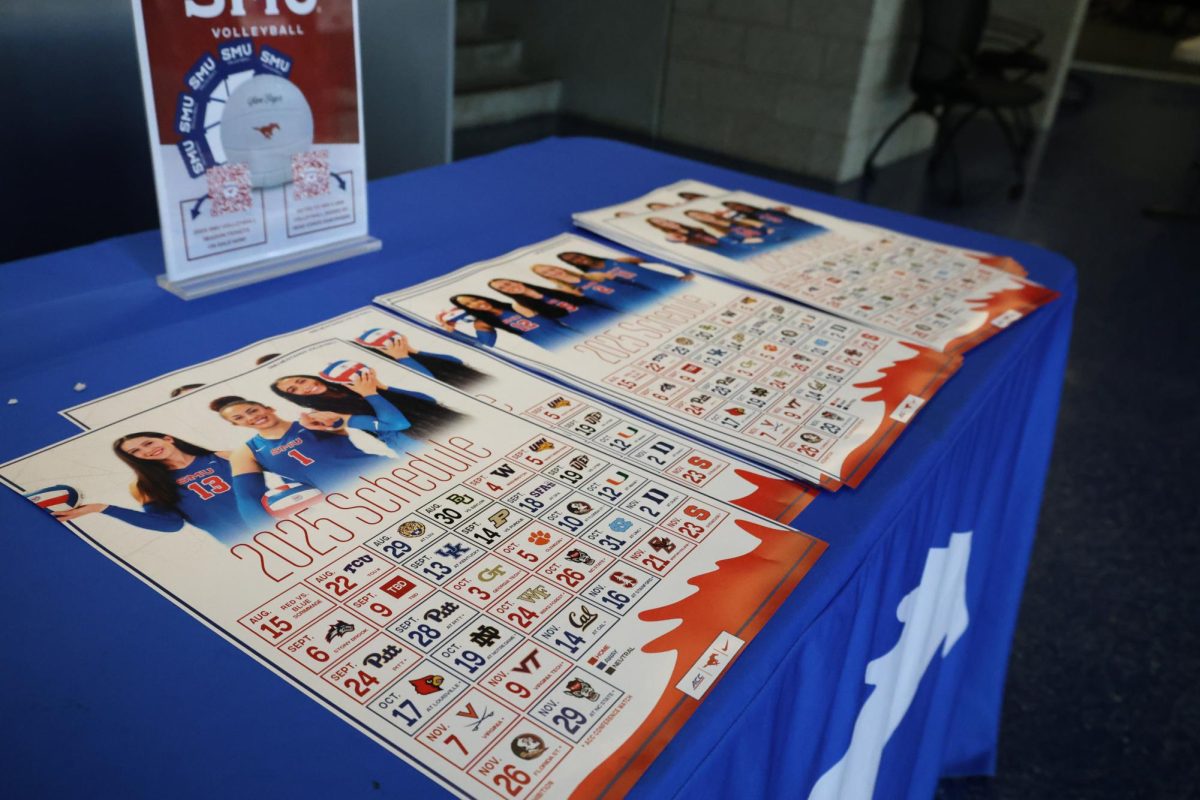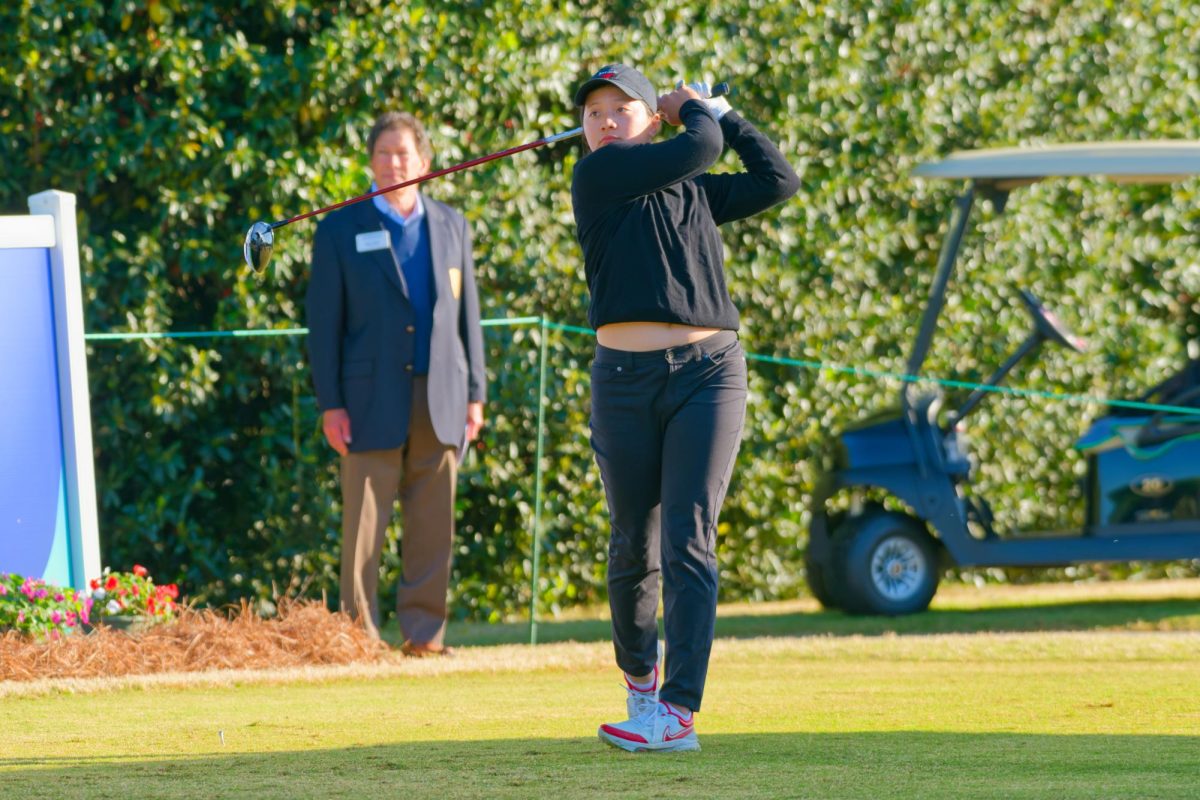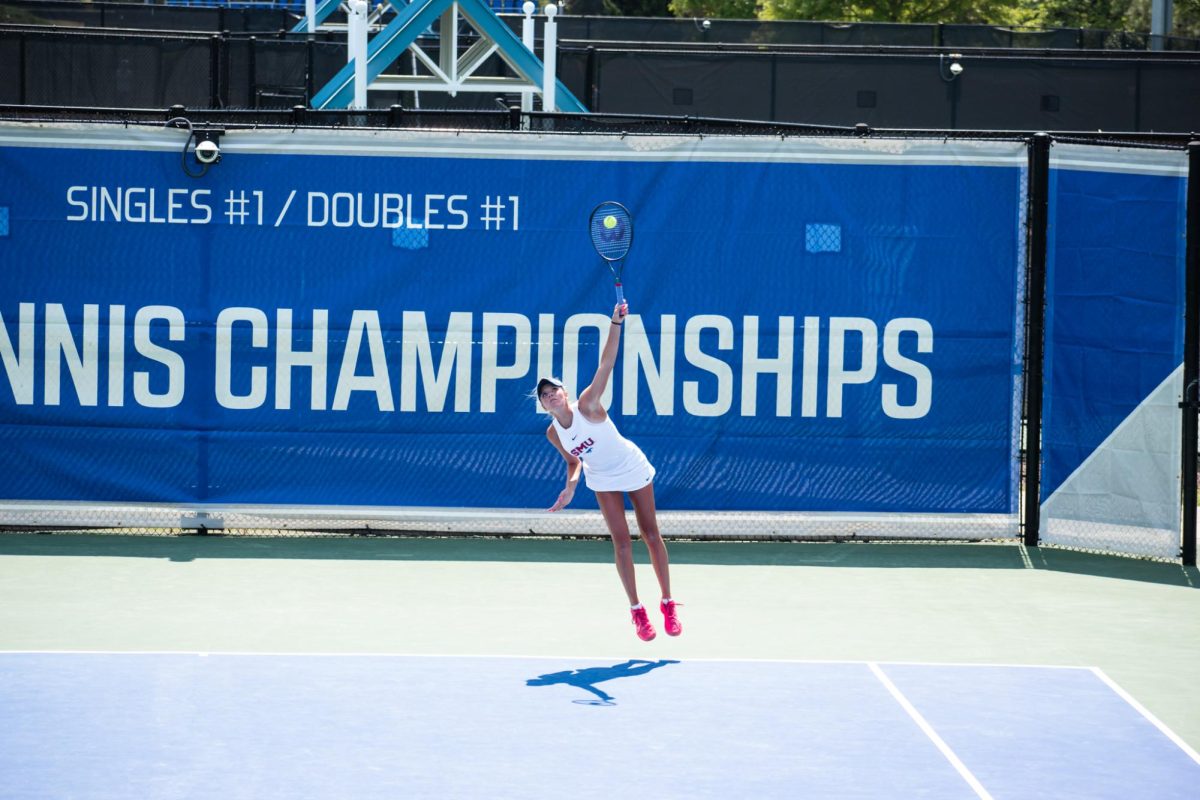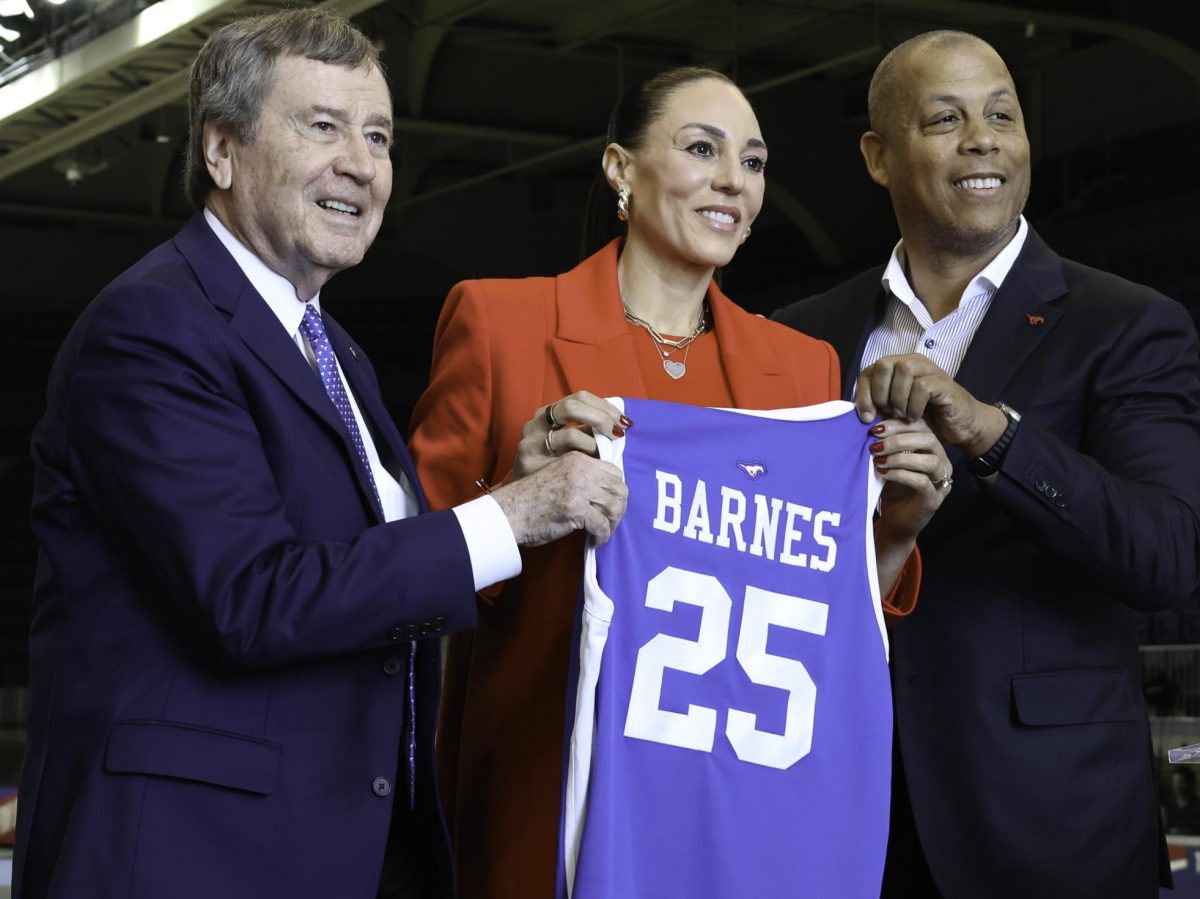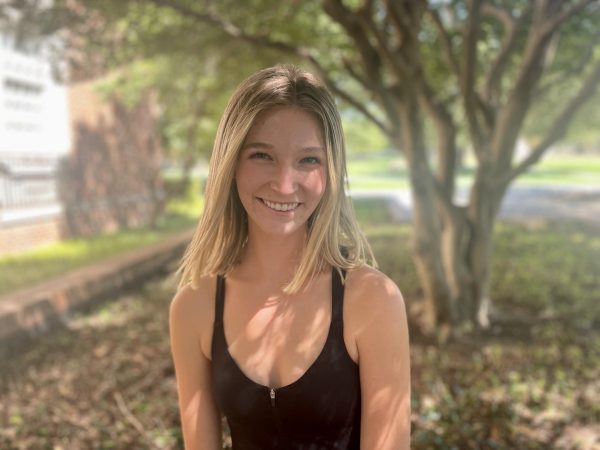This year has marked a significant increase in the visibility of women in sports. This year’s March Madness underscored this trend, with more viewers watching the women’s NCAA Division I basketball title game than the men’s. Not just a few more viewers but 4 million more.
But that’s not all. The women’s gymnastics final at the Paris Olympics shattered viewership records, as almost 13 million fans tuned in to watch Team USA claim gold.
Besides viewership, well-known female athletes have been at the forefront of partnerships with big companies like Nike, Gatorade and State Farm. We’re seeing women in sports everywhere, and they’re here to stay and serve as inspiration for young women.
“It’s not a trend that’s just going to die,” Dallas Trinity FC soccer player Allie Thornton said. “And it’s not even with soccer either, I think women’s basketball is seeing it too now with the Caitlin Clark hype. This [women in sports] is a popular thing that’s just going to keep gaining more and more popularity.”
This isn’t a moment. It’s a movement. The oft-quoted phrase bears repeating.
Many female athletes and industry professionals begin their journeys on college campuses. While the movement has planted its seeds in all aspects of the industry, awareness and recognition help these women grow even further.
This movement isn’t just about what the public sees, but about the industry and the people who work fearlessly behind the scenes. SMU junior Lily Podolsky proves she’s a testament to pushing women’s sports on SMU’s campus through her multiple internship positions at SMU.
“We’ve been fighting for this for a really long time, like since the day I started working here,” Podolsky said.
Podolsky has interned in the sports nutrition unit for three football seasons and has sought out opportunities since stepping foot on campus to broaden her career in the sports industry. Packing snack bags, making protein shakes, setting up meals and being on the field are all tasks Podolsky enjoys but she’s hungry for more.
But what is she hungry for? Increased visibility, equal pay and opportunity for growth.
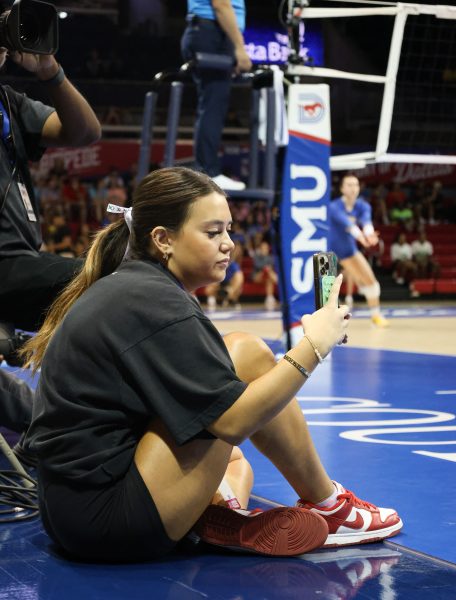
“We’re always the first ones the football players see and we’re always the last ones they see at the end of the night,” Podolsky said. “We’re the one giving them their last meal. They’re leaving and then showing back up, and we’re there.”
The nutrition intern staff is entirely female and the sole SMU football internship without pay. Podolsky also doesn’t receive academic credit, though academic credit is available for some majors. The SMU student body and staff should recognize the immense effort these women are putting in.
Wide receiver Jake Bailey acknowledges the team can sometimes overlook female staff members, but he goes out of his way to show his appreciation for their hard work.
“That’s why I always personally say, ‘Thank you,’ because I know they’re doing the best that they can just like I’m doing the best I can,” Bailey said.
Podolsky has also expanded her involvement in sports beyond the football team, looking for other teams to recognize her dedication to sports.
Podolsky now works on the media side of SMU sports as the creative assistant for SMU Mustangs, the official Instagram account of SMU Athletics. She directs game-day social media content and manages social media accounts for SMU’s swimming and diving, volleyball, and basketball teams.
“I’m at practice coming up with video ideas, social content plans, taking photos, reels, anything you see going viral on TikTok,” Podolsky said. “That’s the stuff I’m creating.”
While these social media jobs are paid, Podolsky said she doesn’t wake up at 5 a.m. every morning for the money. She wakes up for the community.
“Women’s volleyball is my favorite. The girls are amazing and they treat me like I’m a part of the team,” Podolsky said.
SMU’s women’s volleyball team received tons of media attention in September after beating the Nebraska Cornhuskers ranked at No. 2. The Mustang’s victory marked Nebraska’s first defeat by an unranked school since 2017 and set the attendance record for the sport.
While SMU women’s volleyball celebrated their win, Podolsky celebrated her own. Following the volleyball team’s victory, the SMU Mustangs Instagram reached 20.7k followers, a massive jump from their previous 15.4k.
“Every single video we created went viral,” Podolsky said. “Multiple of my videos have 100k plus views so it’s really cool to see your work pay off.”
While SMU women’s volleyball and Podolsky cheered for victory, Bailey looked at volleyball’s victory as a learning opportunity for the football team.
“We kind of want to, as football players, as a team, to be like them and win big games like that,” Bailey said.
Following the win, SMU women’s volleyball was ranked No. 22 in the ACC. This is the first top 25 ranking in the program’s history and SMU’s first national ACC ranking since joining in September. On Oct. 12, the women’s volleyball team continued their winning streak, beating the No.1 ranked Pitt Panthers.
The movement is not merely present on SMU’s campus, it’s taking root and flourishing.
Women on campus have been devoted to developing the movement on campus for years.
Breanna Sorensen, SMU alumna and sideline reporter for SMU Athletics for three years, has had roles at Navy Athletics, NBC Sports Washington and ESPN. Growing up playing basketball, Sorensen said she strives to cover underrepresented athletes.
“This is a passion of mine. I’m excited because the more women that are interested and passionate about this game [women in sports], I feel like that’ll keep the industry growing and growing,” Sorensen said.
Sorensen recognizes the importance of teaching this generation about the importance of women in sports. She tries to mentor as many students as possible because she believes that there’s always room for improvement in the sports industry.
“For so long, it’s been so male dominated that I try to give as many chances as possible, specifically females, to help them thrive and help set them up for success,” Sorensen said.
Sorensen said the only students who have reached out to her for guidance in the past year have been female. Maybe this suggests that women on campus, perhaps without realizing it, are forming a silent but powerful network of support and advocacy for the women’s sports industry.
These students, including Podolsky, are quietly but persistently championing women’s sports, even though their contributions may sometimes “fly under the radar” as Bailey puts it.
“If you would have asked me two years ago if I would be in this position, I probably would have said, ‘I wish,’” Podolsky said.
As young women like Podolsky continue to break down barriers on college campuses, the future of women’s sports will be brighter than ever. The days of undervaluing women in sports are numbered.



